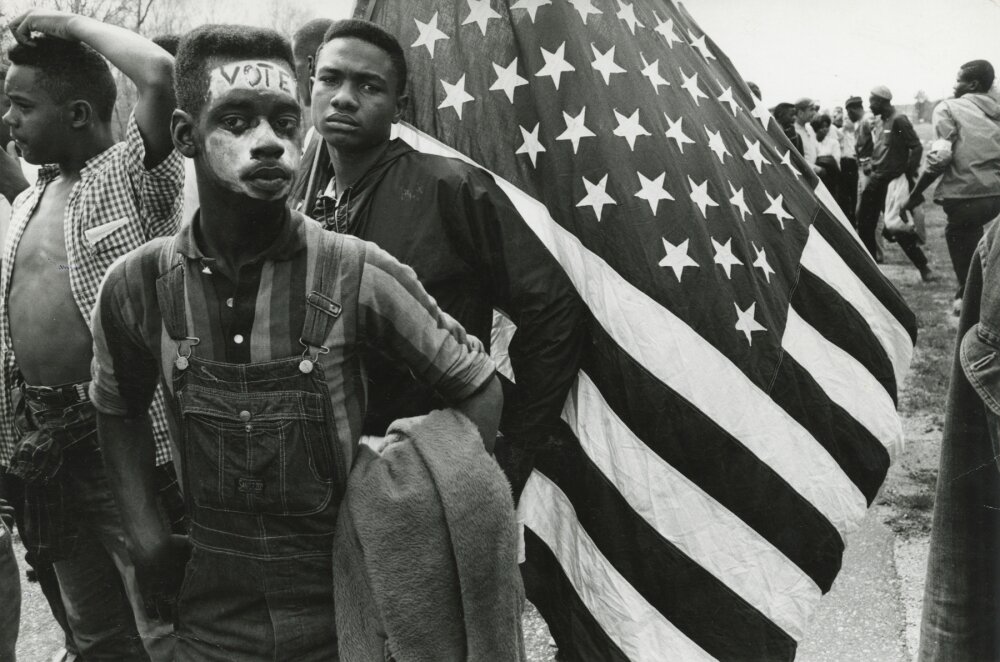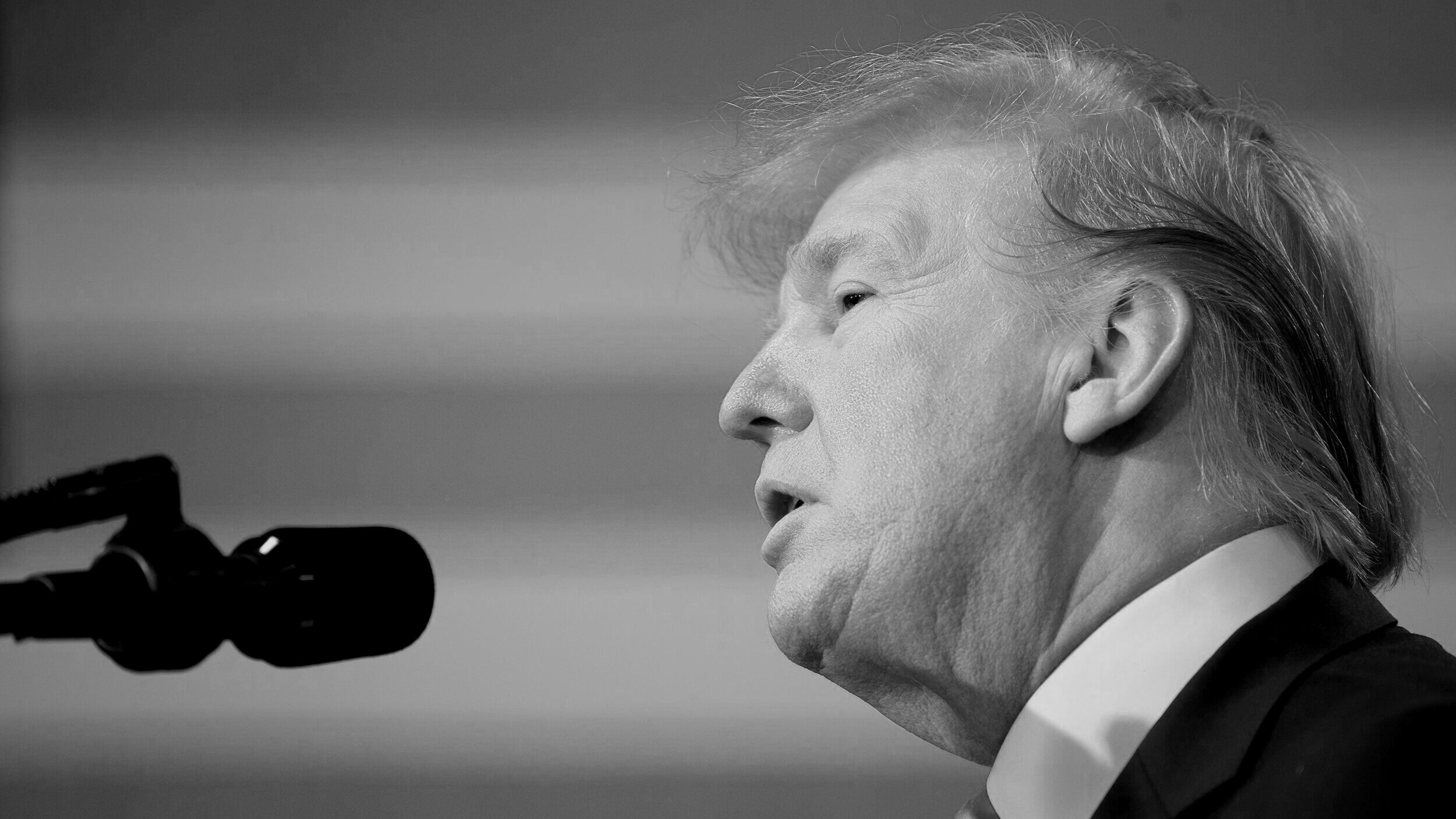POVERTY IN THE US

If you take a look at the history of poverty in the United States, you’ll realize that structural racism has had a huge impact on people of color and their economic opportunities. On the face of it, it seems that this country has made a lot of progress in allowing the minorities a better chance of living a well-sustained lifestyle.
But a closer look will show you that racial inequality doesn’t allow the same access to healthcare, employment, education, and quality housing to people of color as it does to their white counterparts.
The criminal justice system has also done its part in perpetuating systemic racism and denying minorities the same level of treatment as white people. Here, we’ll look take a better look at some of the reasons why people of color are still in poverty in the United States.
1. Not Enough Diversity in the Workplace
It may seem that racial diversity in the workplace has improved by a wide margin, but even today, people of color find it hard to get equal career opportunities. Diversity in the workplace doesn’t just mean hiring people of color, it also means allowing them the space to grow and get ahead in their career.
Letting people of color take on managerial roles is something that’s still not as widespread as it should be. Don’t believe it? Take a look at LinkedIn’s annual workforce diversity report. In 2019, about 47.5 percent of the company’s employees were white, 5.9% are Latino, and only 3.5% of them are Black.
It’s quite astonishing to see such numbers in a company that has access to hundreds of millions of CVs. This just proves that the United States has a long way to go before it can boast of inclusivity in the workplace.
2. Discriminatory Practices in Rental Housing
Another area where discriminatory practices are quite common is rental housing. It’s observed that people of color are far less likely to live in wealthy neighborhoods than white Americans. More specifically, African Americans are known to live in places that have very few economic opportunities, quality education centers and services.
They face many obstacles when they look for rental units in better neighborhoods. According to a study conducted by the US Department of Housing and Urban Development, it appears as though people of color aren’t shown enough rental properties, denied a lot more leases, and asked for a higher rent than white Americans.
3. Poverty Level Wages
It’s also true that employees of color are a lot more likely to earn poverty-level wages as opposed to white employees. Even though the percentage of workers that were paid poverty wages has significantly gone down, ethnic and racial inequalities still exist in this system.
In 2017, not too long ago, about 8.6 percent of white employees earned poverty wages, whereas 19.2 percent of Hispanic employees and 14.3 percent of Black employees were paid poverty wages. This just goes to show that income inequality in America exists to this day.
To Conclude
The argument that ‘poor are poor because they’re lazy’ falls flat once you take the factors we’ve mentioned above into consideration. The belief that, with education and effort, everyone can have the opportunity to live a better life may hold some truth once people of color and minorities are provided equal access to resources and opportunities as white people.








